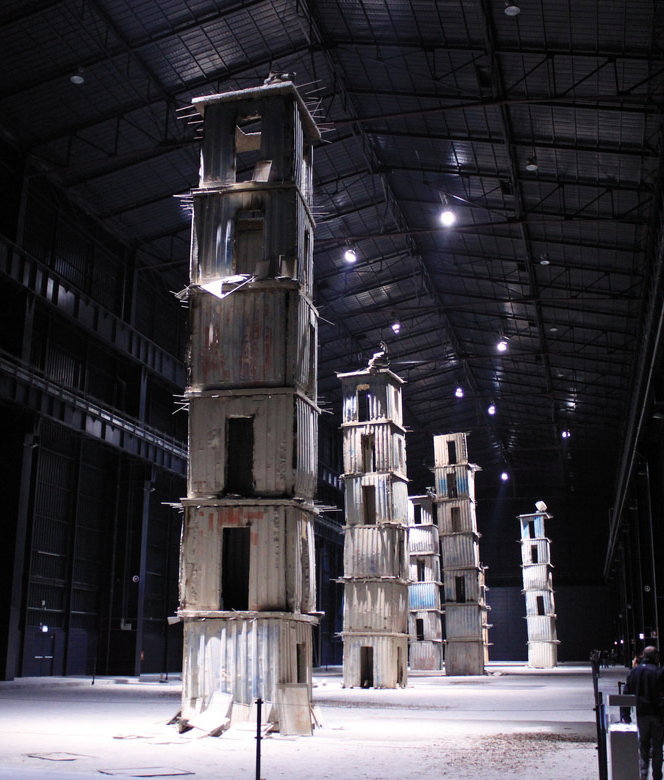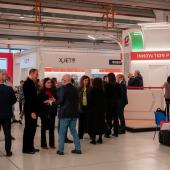Perceiving the Seven Heavenly Palaces
Editorial by Luciana Guidotti
I have often gone back to HangarBicocca to take an even closer look at Kiefer’s “towers”. In a very remote suburb of Milan, the Hangar is a truly unique and spellbinding place that hosts art and ideas, and where one can still often breathe the beauty of intelligence. It is there in fact that for years exhibitions, installations, works of visual artists of international fame have followed on from each other…
|
NOTE. The site-specific installation The Seven Heavenly Palaces, created for HangarBiccocca in occasion of its inauguration in 2004, owes its name to the Palaces described in the ancient Jewish tract Sefer Hechalot - the “Book of the Palaces/Sanctuaries”, 4th-5th century A.D. - that narrates the symbolic path to spiritual initiation of those who wish to stand close to God. |
But by now the “towers” belong to that place and - it’s nice to think - they belong a bit to the people like me who love them: immobile, all the same alive and powerful, suspended in a rarefied and silent atmosphere, fascinating albeit unsettling at the same time.
I confess I don’t know much about the man who conceived them, but that is of little matter… Anselm Kiefer, German, born 1945 expresses an art that constantly reflects on the great historic and cultural questions of the present and the past. “German history of the Nazi period and its collective denial are the starting-off point for all the works - the sources tell us - of a creative spirit who does not cease to wonder what the role of a German artist might be after the Holoclaust. Though never directly interested in the currently pertinent aspects of history, Kiefer goes in search of the religious, philosophical and symbolic elements that are at the origin of events, investigating their hidden and invisible roots”. What I am certain of though is that, strolling alongside the Seven Heavenly Palaces, one speaks in a hushed voice as if in a cathedral, intimidated by the looming bulk of the same. And each time ones eyes discover new details and new meanings. Projected into a timeless dimension, one at times catches a glimpse of the signs of an ancient religion, at times glimpsing the ruins of the West after the Second World War (or that of any country after any war…) or again the towers become the scenario of a possible future born out of the ruins of the present… Hence as I said, I often return to take an even closer look, almost as if to find solace in the reflections of someone outside and apart from me, on the all too many and excessive contradictions of life. At the time of writing this… word reaches me that... very probably... Italy still has a government. How long it will last we cannot tell: it is impossible to tell the future of a Country governed by politics of an ever greater, bawled out complexity, beset by violent contrasts and woefully lacking in good sense. A politics that - apart from a few exceptions - is only capable of building “rubble”. Alas, perhaps even less understandable and evocative than that offered by Kiefer, yet equally terrifying. |


















